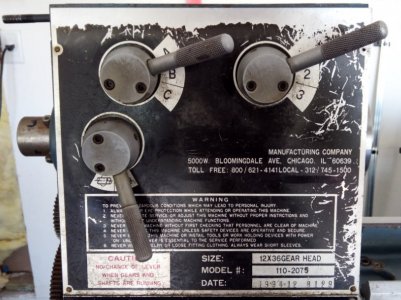Years ago, when I made legend panels for instrumentation I used a very durable process. I would start with an aluminum panel which had been anodized black. I would coat it with Kodak KPR-4 photosensitive resist. It would have a negative image put on top of the plate, and a sheet of glass put on the negative (sandwiching the negative between the glass and the anodized aluminum plate). I would expose it to high intensity light, which would cause the KPR-4 photo resist to "set". The coated plate would then by washed in a KPR-4 specific developer (largely Xylene). This would cause the parts of the KPR-4 resist not exposed to light (the parts on the negative which were black) to wash away, which removed the protective coating from the anodized surfaces in that area. Then the entire plate was dropped in Sodium Hydroxide (which selectively etched the black anodized surface away). This would give you silver lettering on a black background (or black letters with a silver background as needed). You can fill etched-away lettering with RED paint if you wish. I would usually re-coat the panel with a sealer, but it was not strictly needed.
Some of the panels which were made 50 years ago, are still pristine looking today, as anodized coatings are knife-blade hard.
or,
As others have said, once you have good artwork on a negative, you can use photo-sensitive silk-screen panels, and do a similar process, but with silk screening. But, I always found anodized letters more durable than any paint, even epoxy paint.




